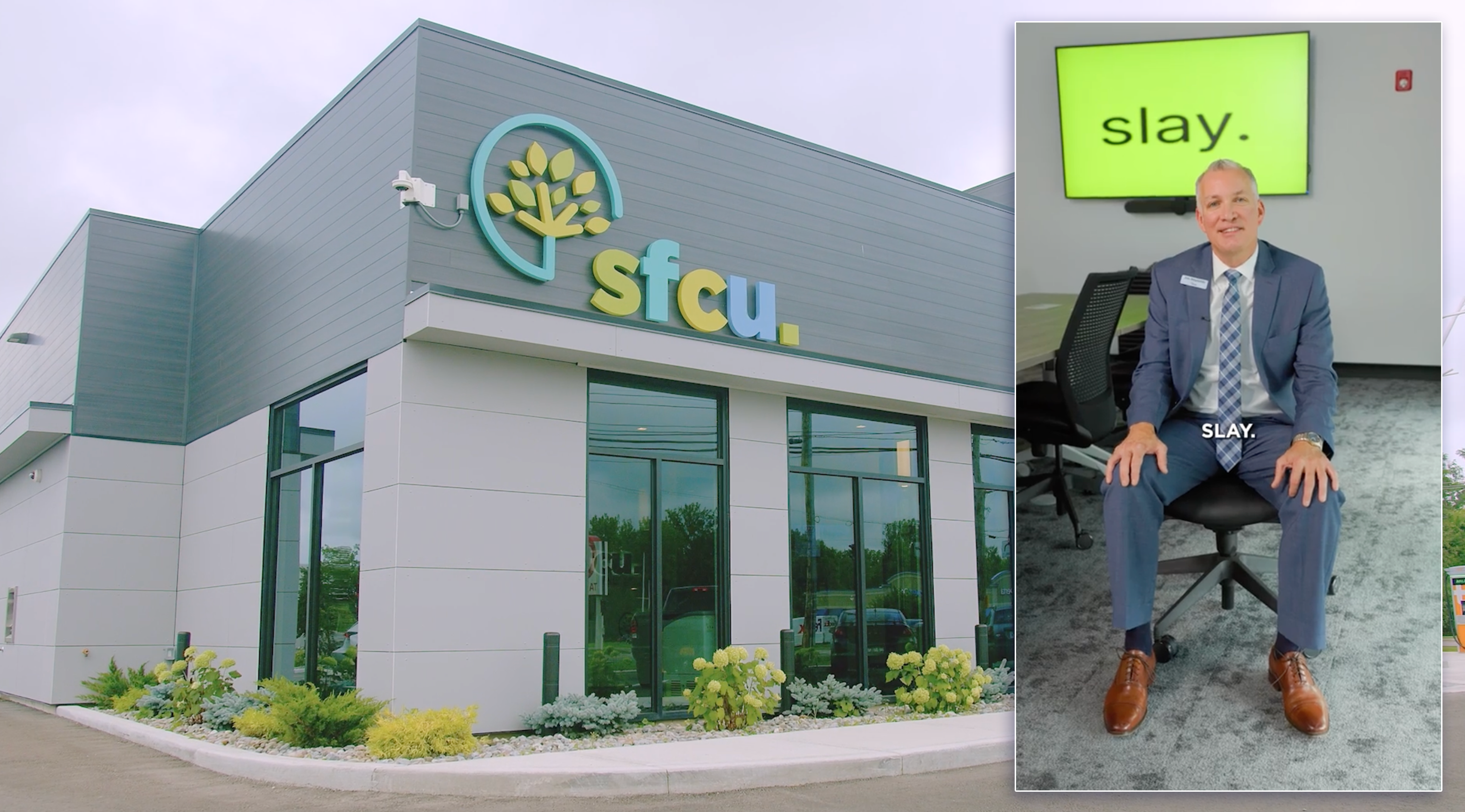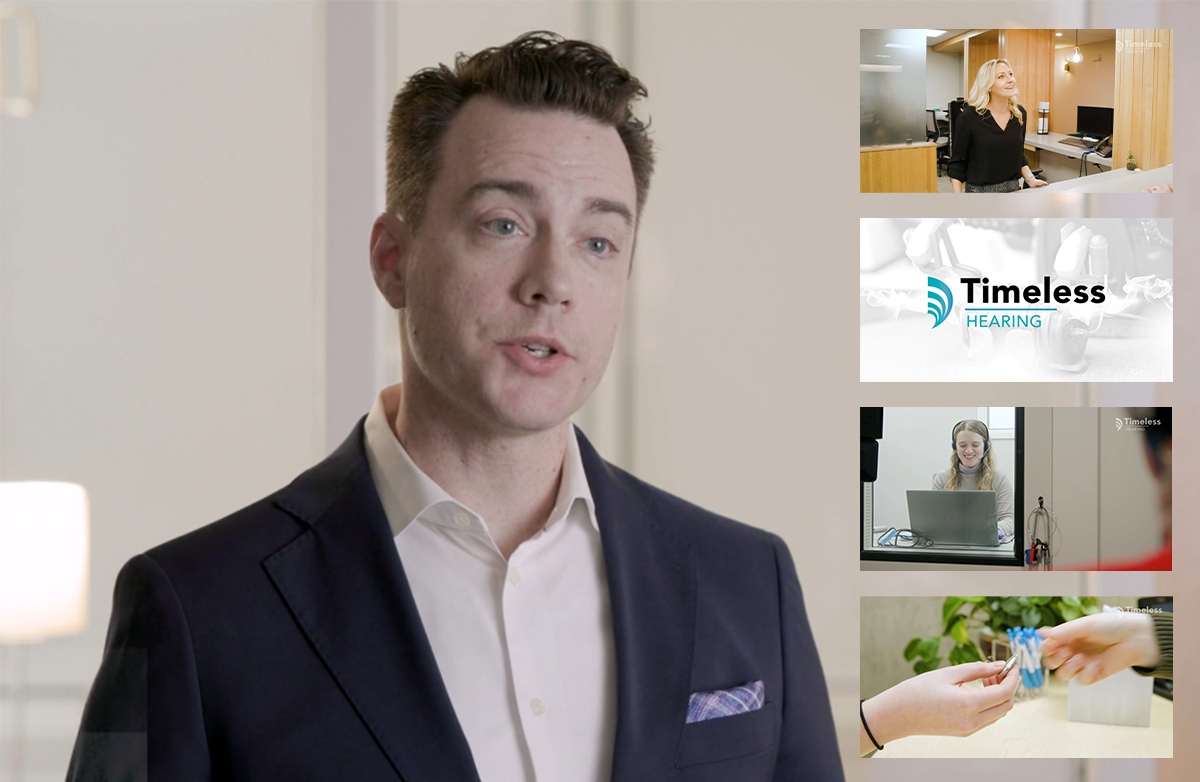
Imagine going to a pharmacy to fill a prescription. You reach the entrance, but instead of a door, you face a brick wall. How do you fill your prescription?
You can’t.
This scenario may sound farfetched for a physical space, but what about online? In digital spaces, this is an all-to-frequent reality for people with disabilities.
The web is a huge part of our everyday lives. According to a Pew Research Center survey conducted earlier this year*, 77% of Americans go online on a daily basis. Maybe you haven’t given much thought to the impact the web can have on your day or the benefits its use affords.
Before you reached this blog post, you probably used the web for any number of things today; ordered some take-out, checked to see if your online purchase has shipped, watched the latest episode of that show you like. The internet has made it easy to complete many everyday tasks from the comfort of your home or work, without having to step foot into a brick and mortar store.
People with disabilities, like everyone else, want to take advantage of these benefits too. Right now, as many as 9 out of 10 websites are not accessible. These websites are full of barriers that make it difficult or impossible for people with disabilities to use.
People with disabilities navigate the web in different ways and often times these differences are not considered during the creation of a website.
Someone who is blind will use a screen reader to access the content of a web page. A screen reader can describe an image to someone who can’t see it, but only if that description is provided. If the image description is missing, a screen reader user can’t access that content.
Someone who is deaf or hard of hearing will utilize captions to access the dialogue and meaningful sounds of a video. YouTube will auto-caption videos using Google Speech Recognition, but these captions require editing. When captions are inaccurate or missing, the user can’t access this content.
Someone who is unable to use a mouse might navigate a website using only a keyboard. Pressing the tab key will move the focus to different interactive features on the page, like form fields, buttons and links. If a feature cannot be reached by tabbing through the page, a keyboard user can’t access that content.
Accessibility is about making your website universal, so that as many people as possible can use it. It’s about providing multiple ways to interact with and consume content. Doing this, turns those “brick walls” back into doors.
Your website is your digital place of business. You wouldn’t deny a customer access to your business if they were physically present, but you could be unknowingly denying a customer access to your business online.
Today is Global Accessibility Awareness Day. Help me celebrate it by checking your website for one of the biggest barriers people with disabilities face on the web– keyboard accessibility. Start by placing your cursor in the URL bar of your browser. Now unplug your mouse. Use the tab key to navigate around the site. Try to interact with the different links and features using the space bar, enter and arrow keys.
Can you tell where the focus is as you tab?
Can you get to all the links and interactive features?
Can you make them work?
If your answered no to any of these questions, your site is preventing people from becoming your customers.
Start a conversation with your web developer about accessibility today. Taking this small step will set you on a path towards making a big impact on your business and making the web a better and more inclusive place.




